- Open Source Raspberry Pi GPU (VideoCore) drivers
- Open Source Qualcomm Adreno GPU drivers
- Vulkan contributions
We had a busy 2021 within GNU/Linux graphics stack at Igalia.
Would you like to know what we have done last year? Keep reading!
Open Source Raspberry Pi GPU (VideoCore) drivers
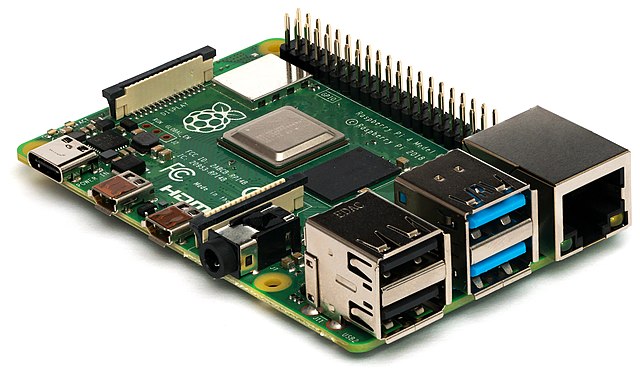
Last year both the OpenGL and the Vulkan drivers received a lot of love. For example, we implemented several optimizations such improvements in the v3dv pipeline cache. In this blog post, Alejandro Piñeiro presents how we improved the v3dv pipeline cache times by reducing the two-cache-lookup done previously by only one, and shows some numbers on both a synthetic test (modified CTS test), and some games.
We also did performance improvements of the v3d compilers for OpenGL and Vulkan. Iago Toral explains our work on optimizating the backend compiler with techniques such as improving memory lookup efficiency, reducing instruction counts, instruction packing, uniform handling, among others. There are some numbers that show framerate improvements from ~6 to ~62% on different games / demos.
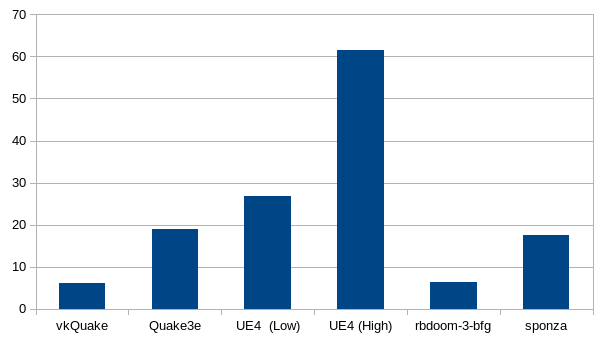 Framerate improvement after optimization (in %). Taken from Iago’s blogpost
Framerate improvement after optimization (in %). Taken from Iago’s blogpost
Of course, there was work related to feature implementation. This blog post from Iago lists some Vulkan extensions implemented in the v3dv driver in 2021… Although not all the implemented extensions are listed there, you can see the driver is quickly catching up in its Vulkan extension support.
My colleague Juan A. Suárez implemented performance counters in the v3d driver (an OpenGL driver) which required modifications in the kernel and in the Mesa driver. More info in his blog post.
There was more work in other areas done in 2021 too, like the improved support for RenderDoc and GFXReconstruct. And not to forget the kernel contributions to the DRM driver done by Melissa Wen, who not only worked on developing features for it, but also reviewed all the patches that came from the community.
However, the biggest milestone for the v3Dv driver was to be Vulkan 1.1 conformant in the last quarter of 2021. That was just one year after becoming Vulkan 1.0 conformant. As you can imagine, that implied a lot of work implementing features, fixing bugs and, of course, improving the driver in many different ways. Great job folks!
If you want to know more about all the work done on these drivers during 2021, there is an awesome talk from my colleague Alejando Piñeiro at FOSDEM 2022: “v3dv: Status Update for Open Source Vulkan Driver for Raspberry Pi 4”, and another one from my colleague Iago Toral in XDC 2021: “Raspberry Pi Vulkan driver update”. Below you can find the video recordings of both talks.
FOSDEM 2022 talk: “v3dv: Status Update for Open Source Vulkan Driver for Raspberry Pi 4”
XDC 2021 talk: “Raspberry Pi Vulkan driver update”
Open Source Qualcomm Adreno GPU drivers
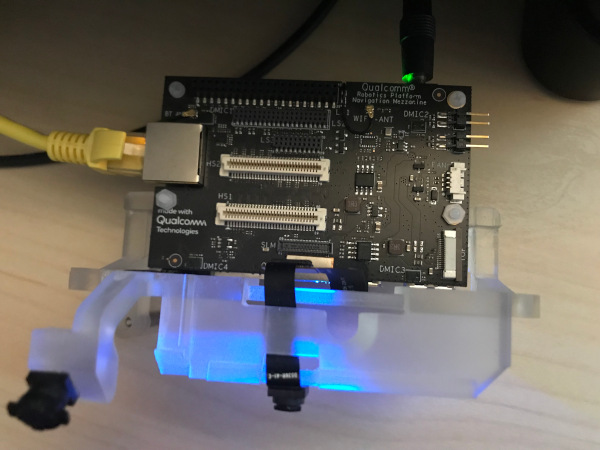 Photo of the Qualcomm® Robotics RB3 Platform embedded board that I use for Turnip development.
Photo of the Qualcomm® Robotics RB3 Platform embedded board that I use for Turnip development.
There were also several achievements done by igalians on both Freedreno and Turnip drivers. These are reverse engineered open-source drivers for Qualcomm Adreno GPUs: Freedreno for OpenGL and Turnip for Vulkan.
Starting 2021, my colleague Danylo Piliaiev helped with implementing the missing bits in Freedreno for supporting OpenGL 3.3 on Adreno 6xx GPUs. His blog post explained his work, such as implementing ARB_blend_func_extended, ARB_shader_stencil_export and fixing a variety of CTS test failures.
Related to this, my colleague Guilherme G. Piccoli worked on porting a recent kernel to one of the boards we use for Freedreno development: the Inforce 6640. He did an awesome job getting a 5.14 kernel booting on that embedded board. If you want to know more, please read the blog post he wrote explaining all the issues he found and how he fixed them!
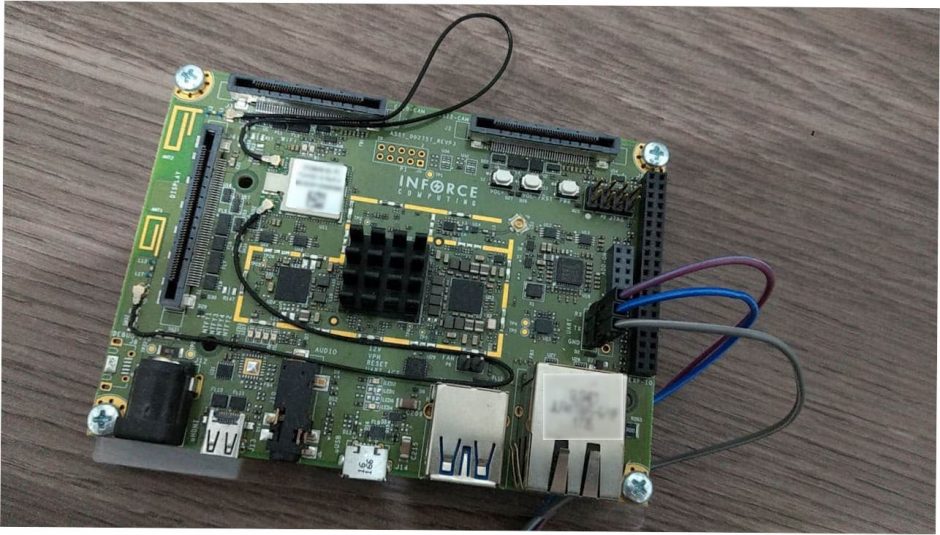 Picture of the Inforce 6640 board that Guilherme used for his development. Image from his blog post.
Picture of the Inforce 6640 board that Guilherme used for his development. Image from his blog post.
However the biggest chunk of work was done in Turnip driver. We have implemented a long list of Vulkan extensions: VK_KHR_buffer_device_address, VK_KHR_depth_stencil_resolve, VK_EXT_image_view_min_lod, VK_KHR_spirv_1_4, VK_EXT_descriptor_indexing, VK_KHR_timeline_semaphore, VK_KHR_16bit_storage, VK_KHR_shader_float16, VK_KHR_uniform_buffer_standard_layout, VK_EXT_extended_dynamic_state, VK_KHR_pipeline_executable_properties, VK_VALVE_mutable_descriptor_type, VK_KHR_vulkan_memory_model and many others. Danylo Piliaiev and Hyunjun Ko are terrific developers!
But not all our work was related to feature development, for example I implemented Low-Resolution Z-buffer (LRZ) HW optimization, Danylo fixed a long list of rendering bugs that happened in real-world applications (blog post 1, blog post 2) like D3D games run on Vulkan (thanks to DXVK and VKD3D), instrumented the backend compiler to dump register values, among many other fixes and optimizations.
However, the biggest achievement was getting Vulkan 1.1 conformance for Turnip. Danylo wrote a blog post mentioning all the work we did to achieve that this year.
If you want to know more, don’t miss this FOSDEM 2022 talk given by my colleague Hyunjun Ko called “The status of turnip driver development. What happened in 2021 and will happen in 2022 for turnip.”. Video below.
FOSDEM 2022 talk: “The status of turnip driver development. What happened in 2021 and will happen in 2022 for turnip.”
Vulkan contributions
Our graphics work doesn’t cover only driver development, we also participate in Khronos Group as Vulkan Conformance Test Suite developers and even as spec contributors.
My colleague Ricardo Garcia is a very productive developer. He worked on implementing tests for Vulkan Ray Tracing extensions (read his blog post about ray tracing for more info about this big Vulkan feature), implemented tests for a long list of Vulkan extensions like VK_KHR_present_id and VK_KHR_present_wait, VK_EXT_multi_draw (watch his talk at XDC 2021), VK_EXT_border_color_swizzle (watch his talk at FOSDEM 2022) among many others. In many of these extensions, he contributed to their respective specifications in a significant way (just search for his name in the Vulkan spec!).
XDC 2021 talk: “Quick Overview of VK_EXT_multi_draw”
FOSDEM 2022 talk: “Fun with border colors in Vulkan. An overview of the story behind VK_EXT_border_color_swizzle”
Similarly, I participated modestly in this effort by developing tests for some extensions like VK_EXT_image_view_min_lod (blog post). Of course, both Ricardo and I implemented many new CTS tests by adding coverage to existing ones, we fixed lots of bugs in existing ones and reported dozens of driver issues to the respective Mesa developers.
Not only that, both Ricardo and I appeared as Vulkan 1.3 spec contributors.
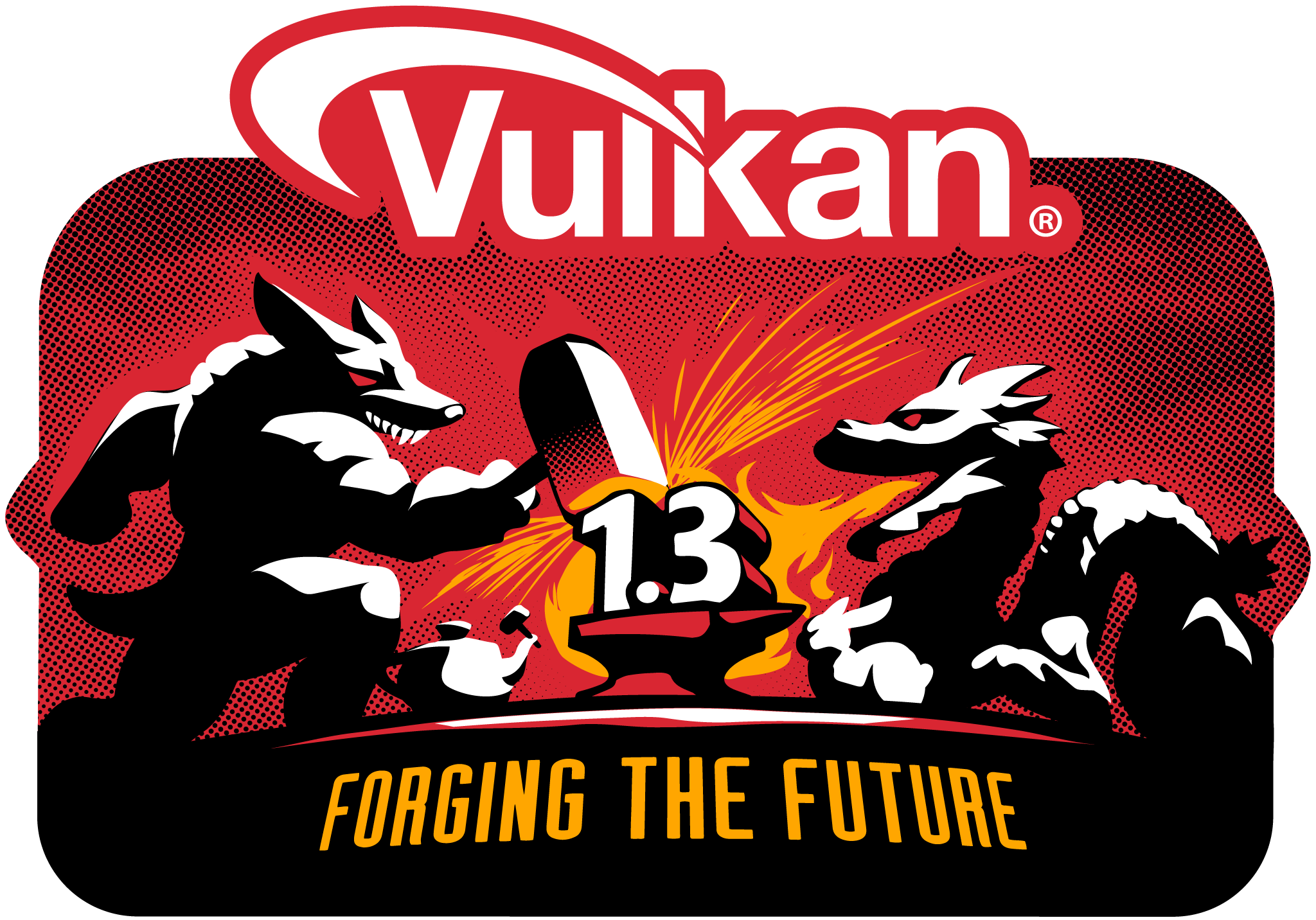
Another interesting work we started in 2021 is Vulkan Video support on Gstreamer. My colleague Víctor Jaquez presented the Vulkan Video extension at XDC 2021 and soon after he started working on Vulkan Video’s h264 decoder support. You can find more information in his blog post, or watching his XDC 2021 talk below:
FOSDEM 2022 talk: “Video decoding in Vulkan: VK_KHR_video_queue/decode APIs”
Before I leave this section, don’t forget to take a look at Ricardo’s blogpost on debugPrintfEXT feature. If you are a Graphics developer, you will find this feature very interesting for debugging issues in your applications!
Along those lines, Danylo presented at XDC 2021 a talk about dissecting and fixing Vulkan rendering issues in drivers with RenderDoc. Very useful for driver developers! Watch the talk below:
XDC 2021 talk: “Dissecting Vulkan rendering issues in drivers with RenderDoc”
To finalize this blog post, remember that you now have vkrunner (the Vulkan shader tester created by Igalia) available for RPM-based GNU/Linux distributions. In case you are working with embedded systems, maybe my blog post about cross-compiling with icecream will help to speed up your builds.
This is just a summary of the highlights we did last year. I’m sorry if I am missing more work from my colleagues.